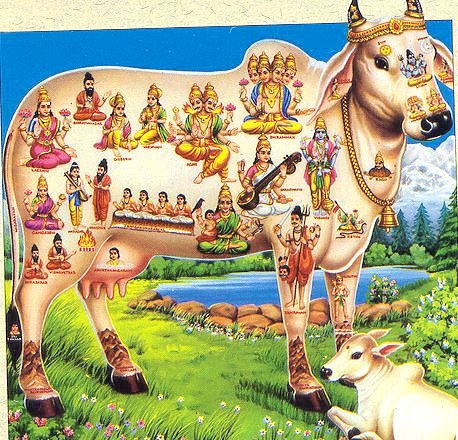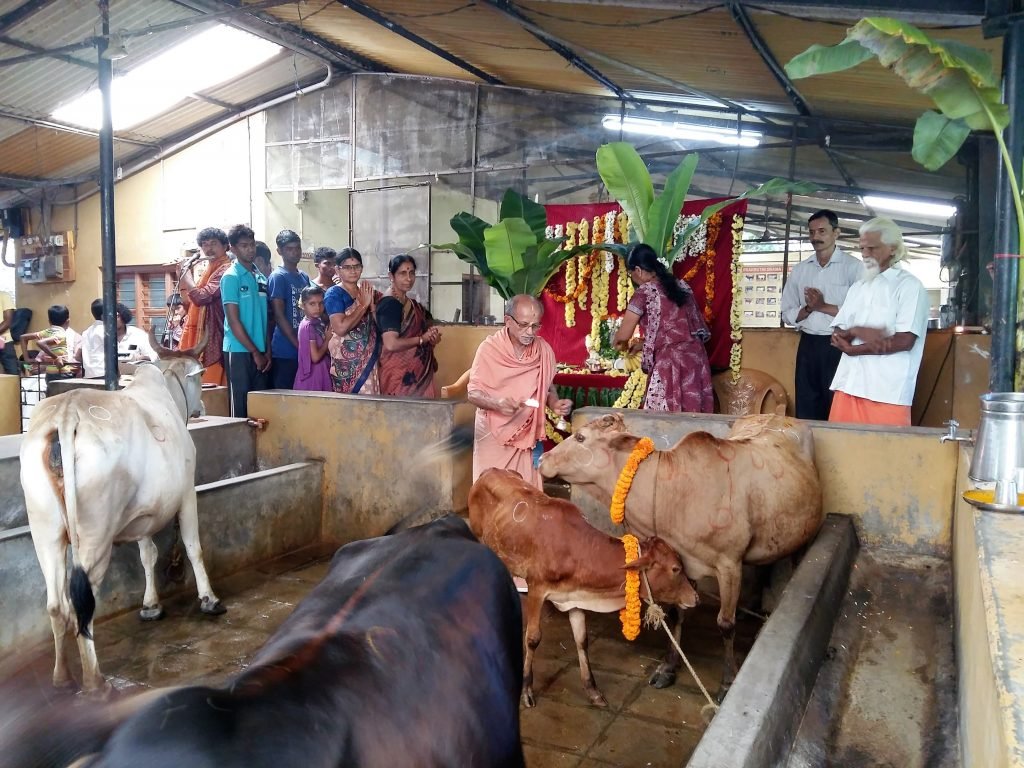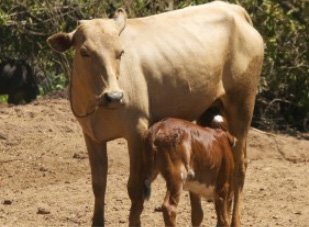Land of Sacred Cows


Indian mythology calls cow as “Kamadhenu”, meaning giver of all wishes or desires. This suits very well with the relationship of man with the sacred cow. Man gets multiple purposes served by the cow. They act as a food source by providing milk, serve in the transport of people and commodities (during earlier times), agricultural labor and other labors like the ploughing, work in oil mills, traditional animal sports like the “Kambala”, etc. The cow is treated as a holy animal and worshipped throughout India and hence India is often considered as the land of sacred cows. Besides its sacredness, the cow is believed as an animal with utmost honesty. The story of Punyakoti narrated in the form of a song by the renowned Kannada poet Late Shri B.M. Shreekanthayya is an evergreen part of the school books and even entered the theatres and resides in the hearts of all who believe in moral values.
Cow Worship in India
The cow worship has two distinct forms, one during religious rituals and second on the occasion of few festivals. All Hindu house warming ceremonies include Gou Pooja and milking cow with the calf will be welcomed to the new house before the housewarming rituals. This tradition is being followed even today. In the case of apartments and all, where bringing a cow is difficult, the Pooja will be performed at least symbolically. Among the Brahmins, any type of Pooja or religious rituals will not be complete without offering meals to the cow, which will be done before serving food to the guests. Interestingly, there are many festivals in India which are predominated by rituals of cow worship. Deepawali, the most celebrated festival of India has a dedicated session of cow worship, which may be different days of Deepawali or through different rituals across different parts of the country. It is called “Gou Pooja” in Karnataka, “Gowardhan Pooja” in North India, etc. and is a grand celebration within the Deepawali.
Cows are bathed, decorated with flowers, Kumkum, etc., offered “Aarathis” and fed with traditional eateries on this occasion. Makara Sankranti in Karnataka and Pongal in Tamil Nadu is another popular festival of cow worship. This marks the herald of the auspicious Utharayana period of Hindu calendar. This festival is marked by elaborate traditional practices in which cows are adorned and worshipped. In many places, decorated cattle are taken in procession as part of the festival. “Kara Hunnime” is still another festival celebrated with splendor in North Karnataka, which gives much importance to cow worship. This festival marks the end of summer and the arrival of monsoon. On this day, bullocks are bathed and adorned with pompoms, cockades, forehead knots, hip belts, and foot jingles. They are offered with Pooja and fed with sweets like sweet rice, huggi, holige, etc. This is followed by a bullock race. Mahashivaratri is yet another festival in which bulls are worshipped. Women offer special Pooja to the divine bull “Nandi”, known to be the vehicle of Lord Shiva.
These traditions followed across different states, different cultures and different ways, shows the unity in diversity of Indian heritage and the universal belief about the sacredness of the cow across India, making it a unique land of sacred cows!
Help Us Now

Donate to Surabhivana Gaushala to save and protect Indian Cow Breeds.
All donations are exempt under Section 80G of the Income Tax Act, 1961. All donation receipts shall be mailed to the address given by the donor or may be collected in person, at request.
Click the below button to donate through credit cards/debit cards or Net Banking via Razor Pay.
